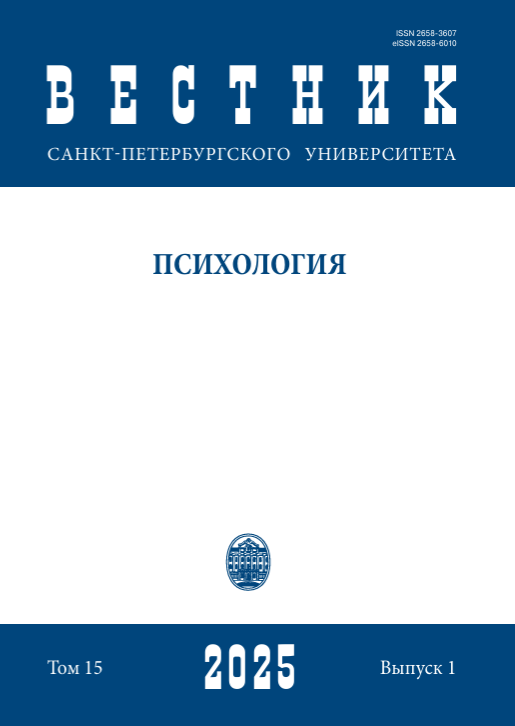Criteria Based Content Analysis (CBCA) as a tool for decision-making on message credibility: Diagnostic and practical value of the method
DOI:
https://doi.org/10.21638/spbu16.2025.109Abstract
CBCA (Criteria-Based Content Analysis) as a method for assessing the credibility of verbal statements is not universally recognized. The professional community lacks consensus regarding its reliability and validity. While this method is established within German-speaking forensic science, it is approached with caution in English-speaking and domestic contexts. Although it has not yet found widespread application in practice, CBCA holds potential for both conceptual research and practical implementation. Despite the relatively high diagnostic indicators of CBCA, they do not compensate for its inconvenience and the probability of error when applied in practice. This conclusion was drawn based on a field study of CBCA conducted in a police department during investigations of real incidents. During the new study, the distribution of CBCA criteria in messages was measured, and statistical methods were used to identify criteria whose presence differs between truthful and deceptive messages. Four new combinations of the identified criteria — formulas for interpreting the results and deciding on the trustworthiness of a message — were developed. The diagnostic indicators of the present study — sensitivity, specificity, and accuracy — were compared with those from previous studies. The diagnostic indicators of the new formulas were compared with three formulas proposed by foreign authors as well as with the results of canonical discriminant analysis. As a result, the reliability of CBCA in the new study was confirmed; however, its validity remains in question: the most practical formula turned out to consist of only one criterion, which undermines CBCA as a method. From a practical standpoint, CBCA is not recommended for making judicial decisions, and its applied value is auxiliary, intended primarily for use during the inquiry and preliminary investigation stages, and mainly for verifying deceptive messages.
Keywords:
Criteria Based Content Analysis (CBCA), Statement Validity Assessment (SVA), message credibility, decision-making, speech message, statement, reliability, testimony
Downloads
References
References
Downloads
Published
How to Cite
Issue
Section
License
Articles of "Vestnik of Saint Petersburg University. Psychology" are open access distributed under the terms of the License Agreement with Saint Petersburg State University, which permits to the authors unrestricted distribution and self-archiving free of charge.




